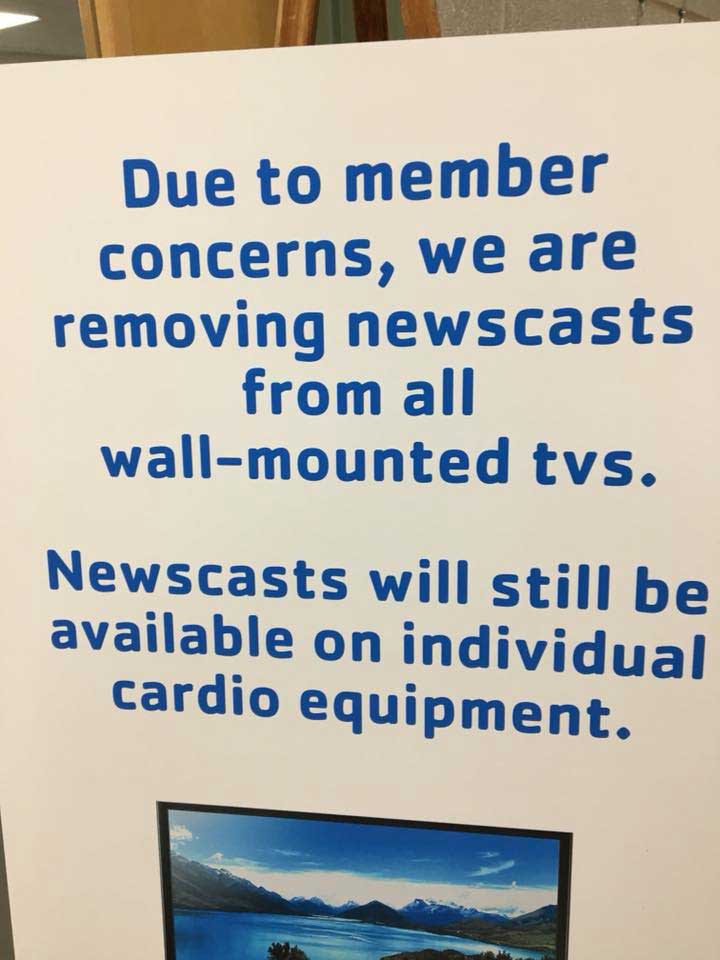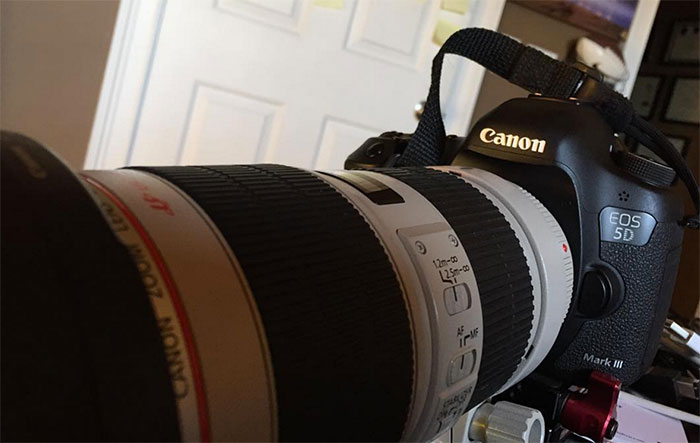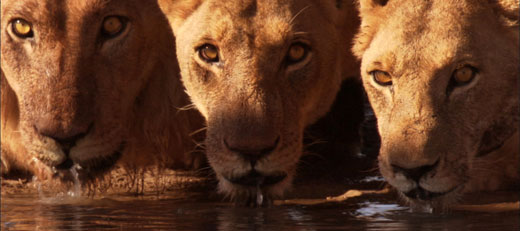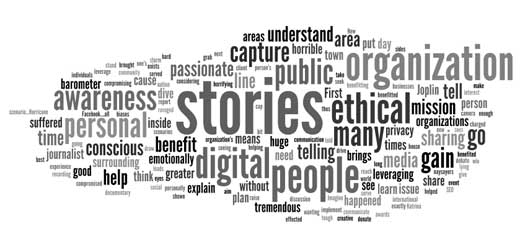We are surrounded by noise, conversations, opinions, places where voicing and sharing our thoughts, feelings and opinions feel unsafe. Large group conversations are getting more overwhelming, more polarizing, and even volatile to a point forcing us to make tough choices….where is my safe space?
Sometimes capturing moments does not necessarily mean we disregard other perspectives. Do you ask your self…which images do you choose to share and which images do you choose to disregard? Do you save the disregarded images to revisit at a later time? Do you spend time reviewing the images that were not made public? Are the images you share those that paint a perception of your reality that necessarily disregard an untold truth, bringing a larger texture to broader narrative?
Do we want fans or lemmings? Do we want to build a community where people follow and do what we tell them or empower them to have a voice of authenticity? Are we encouraging our fans and fan bases to not only drink the kool-aid but to share it as well…and do it in a manner that is not disclosed?
I have been watching numerous social feeds and noticed status updates and posts from individuals that seem to be canned, pre-scripted social updates created by organizations that they follow. What do I mean?
Have you watched your news feed and someone talks about a brand or organization that they are passionate about. You can tell they wrote it because they use their own, personalized vernacular when sharing. Sometimes they provide a link and with this update they might tell a personal story.
Recently I have noticed many individuals posting updates that seemed detached and use a marketing language that leads me to believe organizations are providing pre-scripted status updates for their fans to share as their own updates.
First of all, here are some reasons I have issue and debate this practice:
1) Transparency – Who is this status update coming from…the person or the organization? And if this update is coming from the organization, does the person that copied and pasted the “suggested” status update deem it authentic. Are they disclosing where this update originated?
2) Authenticity – How do I know that the person truly shares the same opinions as the organization? Copy and pasting suggested status updates in our personal spaces suggests we are acting on behalf of the organization, thus actin in proxy. So who am I talking to if I respond?
3) Disclosure – If a person is copying and pasting suggested status updates from a branded organization, they should disclose this relationship. It should be stated that this update is “quoted” and that person is acting on behalf of the organization. You can read Part 255.5 of the FTC’s Disclosure of Material Connections by CLICKING HERE.
4) Legitimacy – Is this person who they say they are….or representing an organization in their online social spaces. How do we know if this is a legitimate update from the person or the organization? How do we know if an organization has been using someones’ personal social outlet to share their branded messages? And if an organization is willing to speak via proxy through someone’s personal space, what else are they willing to do to share their message?
For this very reason I am discussing this topic, the people at Facebook and Twitter have made this easy. The organization should update their accounts, then their fans can “ReTweet”, “Share”, or “Like” these updates. This allows the organization to share then the fan re-share with their friends. To me…this is pretty simple. This also allows the fan base to add a personal message with this “ReTweet” or “Share”.
So how do I feel about organizations creating “Like” and “Share” campaigns…I think that is perfectly fine. Organizations are merely trying to solicit their fan base to “Like”, “Share”, and “ReTweet”. Organizations might even ask their fan base to solicit their friends to do the same, but I think the fan base should disclose their relationship to the organization.
I do not think individuals should grant organizations access to their personal, social outlets like Facebook and Twitter to solicit and update their statuses. Facebook and Twitter have both laid out strict rules and regulations on how to use these outlets:
Facebook Rules and Regulations – https://www.facebook.com/legal/terms
Twitter Terms of Service – https://twitter.com/tos
Look, I know it is tempting to have a big ole meeting, lunch, dinner, event with your fan base and pass out pre-scripted status updates for an upcoming event. In the world of marketing, sometimes we get to far into the trenches and our ethical scales slip and slide from one side to the next. But sometimes we have to remember we are dealing with real people.
There are some great resources to read and consider when creating social campaigns and how the FTC and leading trade organizations deem this practice:
Here are the FTC’s Guides Concerning the Use of Endorsements and Testimonials in Advertising – CLICK HERE to DOWNLOAD PDF.
Here is WOMMA.org’s Ethics Code (Word of Mouth Marketing Association) – CLICK HERE to DOWNLOAD PDF.
If you would like to read what predicated this blog post, you can read a discussion that happened on Facebook where me and my friends debated this every issue: CLICK HERE.
***Image is from Bama Escapes…thanks so much!
The other day, I was having a long creative session with a new client and the topic of ethics was the basis of our discussion. Yes, how can we tell stories without morally compromising an organization. Let’s dive into this a bit.
First, how can we tell stories of those who have benefited from the organization’s mission and are not compromised as leverage for public awareness. What do I mean? Imagine an organization wanting to tell their story, and as their mission they help people during tough times. But in order to explain their mission for the public at large to understand, they ask people to explain how the organization has helped them.
This brings up two ethical dilemmas:
1) privacy of those being served by the organization
2) the ethical barometer of the organization
We are all very passionate about a cause, we are all very passionate about sharing the story of our cause. But are we passionate enough to share the stories of those we serve, even though privacy is an issue, as a means to promote with an aim for helping the greater good? What is the greater good? Who is to benefit from the stories to be told? The people who have suffered and now have chosen to share to benefit the brand, the people who could learn from this experience, or the people who could learn that an organization exists and go seek help?
Let’s take a few scenarios:
First, think about Joplin, MO and the tornados that have ravaged this small town. In the age of social media and digital awareness, many flocked to help these people. Many people felt the need to give, donate time, or just go see with their own eyes. But there are many digital media enthusiasts who jumped at the opportunity to go capture the story, the many horrifying stories for personal benefit. Specifically, going to Joplin to capture stories to put on their blog, put on YouTube, shoot a documentary, raise awareness in a fashion that benefitted them personally, leveraging this horrible time for their personal gain. So many organizations wanted to be the first to report, grab the SEO, share it on Facebook….all for personal gain.
For you naysayers, I understand the public awareness this coverage brings for this international story. I understand that these digital media stories brought tremendous awareness, thus influenced tremendous giving, donations, and public outreach for those who suffered this horrible event.
But this leads me to my next scenario…Hurricane Katrina. I was on the ground the day after the storm hit. It was my job to go to the outlying areas surrounding New Orleans and capture stories, those explaining what had happened in their area. We journalists were the only means to communicate what had happened in the outlying areas…because all the communication channels were destroyed.
So many times, I would drive up to a house, town, area and someone was outside looking at the area and they were emotionally charged. At what moment do we begin to capture those stories when those individuals are in a state of panic and cannot make the conscious decision that what they’re sharing emotionally could be shown around the nation. This is and has been a huge ethical debate in the journalistic world. Who is winning here, who is benefitting from this story…especially if the journalist is recording with the camera because he/she knows this will win them some huge awards.
So, let’s implement this into telling stories inside businesses, non-profits, and organizations. Where does your ethical barometer lie when considering telling a story from inside your organization? Do you have the best interest of the person in mind, or do you have on your digital marketing cap, seeing the potential viral reach of a story? Are you leveraging this person’s story for personal gain? Are we conscious of the potential outcome from this story?
I see both sides of the issue…the one that sees the public gain from hearing a story and the desire to protect one’s story from the digital community. I do not think each of us can say exactly where we stand on this issue. Each person cannot say they have a hard line they can draw because each story is contextual and is affected by our own daily, personal biases. We as digital communicators need to be conscious of our decisions when we plan a storytelling strategy. We have to create a thoughtful plan that includes implications of telling stories that might ride the ethical line. But whose ethical line are we riding?
These questions lead me to my final thought…the velocity of the digital world and need to share as a derivative is blurring the ethical lines of storytelling. The need to share online, to collect information, has become competitive in nature. This capitalist idea has created the need to share the same content faster than the next, to generate SEO back to our blogs, websites, and other portals. Digital communicators are competing online for a stake in the SEO game…to gain a piece of the digital pie. This digital velocity accelerates during times of big digital news.
So where does this leave us? It leaves us in a place to seek and understand where we hang out in this ethical continuum of digital storytelling? Are we seeking to leverage stories for our personal gain or for the best interest of the great good. Are we raising awareness or just creating more noise in the digital spectrum?
As the news came down Sunday night about Osama Bin Laden’s death…the online universe erupted. The televisions were not even on in our house around 10:45pm. I had just picked up my iPad to check email and Twitter before bed. In my “News” list, numerous tweets coming across from local and national media outlets about a Presidential news conference at 10:30pm. It was 10:45pm…I was wondering what the hell I was missing on a Sunday night.
As I was walking back to the bedroom, more tweets were coming across speculating what the announcement was going to be via the President. That told me that the news conference was running late…this was going to be huge. Speculation was tweeting across my “News” list with a consistent theme, Osama Bin Laden was dead. WOW. Then, I noticed this tweet.
Yep! Ok…let me rewind just a bit from the weekend. I had just had a similar conversation with Jodi Gersh who is Manager of all Social Media for Gannett. Gannett is a huge media company with numerous television stations, newspapers, and online media sites under their umbrella. The discussion, how media organizations use social outlets to break news events. Do they report speculation via social outlets or do they wait to confirm the story? Or, do they tweet that they are working on a story trying to confirm the validity of the breaking news.
Do you remember back when Congresswoman Gabrielle Giffords was shot earlier this year in Tucson, AZ? Many major news outlets tweeted and reported that she had been killed in the shooting, later to retract the report that she was still alive. Mallary Jean Tenore wrote in her article for the Poynter Institute that “Conflicting reports of Giffords’ death were understandable, but not excusable”. I agree.
Social outlets are a great way to break news to a mass audience. But, look at that tweet again: “Obama doesn’t even need to address nation anymore. Twitter made it old news What were jwere ust talking abt? Power of SM”. Other than poor spelling when trying to type so fast to get the tweet out…there is a bit to analyze.
There are two claims embedded in this tweet:
Claim Number One:
The claim here is that just because the tweet came across at 10:53pm, we DO NOT need to confirm the claim that Osama Bin Laden had been killed or died. I disagree. What the tweet is referring to is that it had been reported that President Obama would be addressing the nation that Osama Bin Laden was dead….killed during a military operation by the US Military.
Claim Number Two:
This tweet claims that Social Outlets provided sufficient information for a mass audience to accept the “Truth” behind the un-confirmed death of Osama Bin Laden…AND the US Military was the party to cause his life to cease. Once again, a pre-mature assumption!
There is a lot of claim that lies in one tweet. I find tremendous value in examining.
OK…let’s back-up again to my discussion with Jodi Gersh of Gannett. We were also talking about the use of Social Media and the relevant purpose in reporting breaking news. Media companies believe that audiences still want to learn and understand. They have found that Social Outlets provide enough information to create interest in a story/breaking news, driving traffic online or to television to get the whole story. Context is King in this situation. The thought here is that people want to investigate and learn, read more, watch more, and get more information. In the world of Twitter, 140 characters is sometimes (if not all the time) is in-sufficient to give complete context behind the story.
Social Outlets like Twitter are extremely valuable in the minds of big media companies. It is a great way to build online relationships, establish credibility, and provide real time information. But ultimately, it provides a great outlet to share enough information so that it peaks the interest enough to go read more.
Now there is a whole separate conversation whether these Tweets or Status Updates generate enough interest or appeal for someone to pay once they click to read more, this paying for content. The whole pay-wall conversation is a separate discussion. My opinion, that tweet better be a damn good teaser to make someone click the link, pull out their wallet, enter their credit card information, and not loose interest in the story. This is a usability and user-centered design discussion as well.
Back to the subject at hand. When I noticed the tweet come across about the Presidential news conference late on a Sunday night…the first thing I did was scream at Sarah to turn on MSNBC. I think the tweet came from @NYTimes and the online newspaper does not provide real time information like real time television broadcast, IMHO. When I turned it on…the speculation kept me hooked until President Obama made his address.
So, how many Americans or how many people world wide took those tweets at face value and went to bed or on about their business. I think the numbers will help us out here. But, I think differently, those tweets created a pathway to television and online video streaming outlets to wait for the Presidential Address. We wanted to know more. Well, guess what….more than 56 million people watched President Obama and his Sunday night address (via TV by the Numbers). During President Obama’s address on Sunday night, there were more than 5000 tweets/second (via Metro.co.uk). That is a lot of damn tweeting and a lot of people watching this Presidential address.
Techcrunch.com writes that “Twitter Does Not Supplant Other Media, It Amplifies It” and I agree! It generates interest and we as consumers of information go to the place we consider credible to investigate more. The tweet by @DrJonathan above claims that Twitter made it old news. Well, I am not too sure about that…we are still analyzing the situation and even waiting for “confirmation” via photographs.
We are consumers of information and we will continue to search to learn more. But I guess @DrJonathan’s interpretation of old news is different from mine…well, I guess the word “news” in general.
I was talking with a close colleague and friend tonight as we were working on a project, and we were trying to articulate the craft of visual storytelling. I was telling him that I have a friend here in Anderson, SC who is constantly introducing me to new people, and he uses my tag line, “This is my friend Bobby Rettew and he is a storyteller.” Then he follows-up with the phrase, “I am still trying to figure out how a storyteller makes money.” Well, Cordes Seabrook…this post is for you.
The craft of visual storytelling is tough to define…it is years and years of experience telling rich stories for broadcast television outlets across the country. It is years and years of judging and critiquing products for the National Academy of Television, Arts, and Sciences; Associated Press, National Press Photographers Association; and other local, regional, and national organizations. It is years and years of producing and leading teams of storytellers to produce shows, long format production, and numerous commercial spots for television and online distribution. But most of all…it is all about letting our stories tell themselves.
Telling compelling stories is not only understanding the mission of the project, but completely understanding the audiences you hope the message will compel to make action. It is understanding that the beginning, middle, and end is just the frame work for connecting the message to the audience; but weaving layers or messages tied together with a single red string.
The search for the red string is one of the hardest parts of the process…but once found, it makes the production to create the final product move increasingly faster. I was having dinner with Bob Dotson of NBC one night in Charlotte, and he explained to me that anyone can tell a story. But those who tell compelling, rich stories tell ones with layers and layers of messages…each connected with a single red string that crescendo at the right time, allowing the audience to full see the message through the subject(s) eyes and ears.
The approach I use aims to stay away from writing voice-over or track for someone to speak. Voice-over that connects all the sound-bites. The craft starts from the very beginning, with the interviews. The construction starts and continues during the shooting and interview process. This is the time to collect sound, great interviews. These interviews are collected in a way that tell the whole story from beginning to end. Each person interviewed has their own story to tell, adding to the the bigger picture of the final product. So it is the burden of the storyteller to guide each subject through an interview, so each person tells each piece of the puzzle. During this process, finding that one theme, idea, moral, ethic…the red string that connects all the pieces is crucial. Then while writing, we connect all the pieces using the red-string…to connect all the dots.
The red-string can be a person’s story, a subject each person reveals, an event that takes place…whatever is chosen, it has to make sense for the audience to grasp. Then using all the other elements, interviews, broll, natural sound, and music to fill in the gaps…guiding the audience through this visual timeline.
Visual storytelling is a craft…it is one that is hard to teach, articulate, and reproduce. This craft is also fraternal, you know when you meet another person that shares this same passion. We believe in the ethics of this moral enterprise, protecting the voice of the subjects that we so carefully provide as a platform to deliver a message. We are advocates for the people(s) voice…the voice of those who know the story the best. It is our ethic to properly represent that voice and bridge the gap between message, audience, and the subjects’ voice. If we are not careful, our writing sometimes de-humanizes the words they speak.
The business of this craft…to find those who believe in the craft and final value in advocating for the subjects voice. This visual storytelling enterprise closely represents that mission of word-of-mouth marketing, but we just provide a visual medium to communicate their message. We advocate for their message…because deep down inside, the audience wants to hear a story from those they relate. The audience relates to people that they can identify with, those whom they could see themselves replaced in the monitor or television screen. If that is achieved, and we can make the audience see themselves in the screen saying the powerful words…then we have achieved the goal of the craft. Visual storytelling is a craft…it is my passion.







